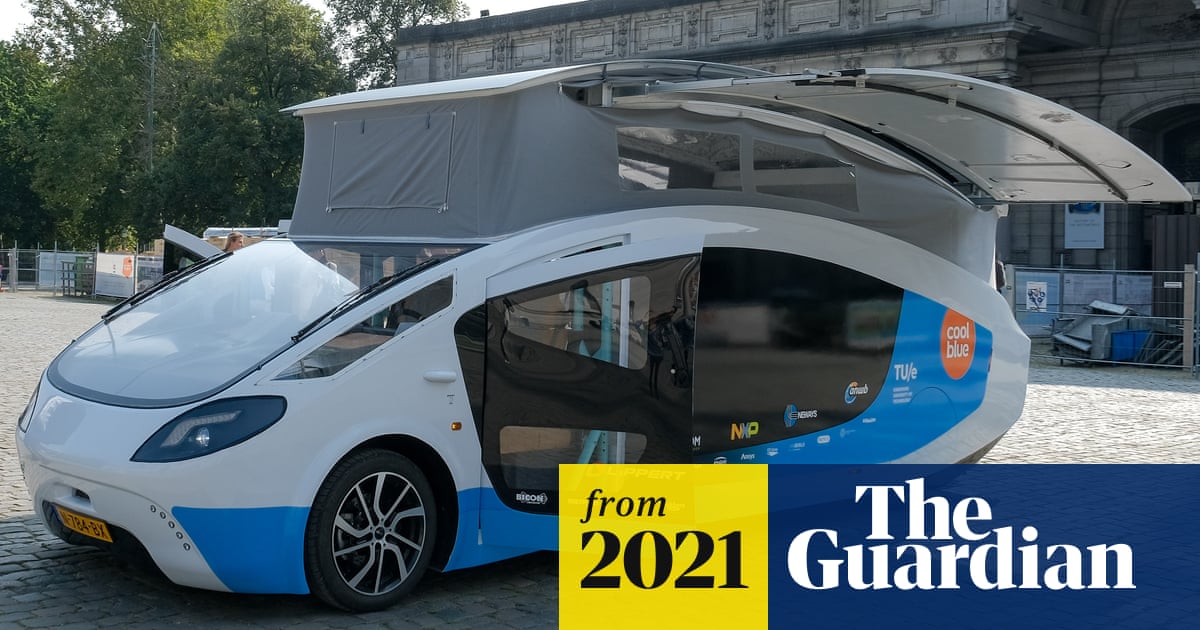JayArr
Well-known member
They built a prototype in Europe and took it for a test run.
The Stella Vita is designed for two passengers and has a kitchen, sitting area, bed, shower and toilet. Using solar energy alone, the vehicle can cover up to 450 miles on a sunny day, reaching a top speed of 75mph, as well as powering all the inside amenities, a TV and a laptop

 www.theguardian.com
www.theguardian.com
The Stella Vita is designed for two passengers and has a kitchen, sitting area, bed, shower and toilet. Using solar energy alone, the vehicle can cover up to 450 miles on a sunny day, reaching a top speed of 75mph, as well as powering all the inside amenities, a TV and a laptop

Students’ solar-powered camper van turns heads on 1,800-mile road trip
Dutch team designed and built two-person van with kitchen, bed, shower, loo and range of up to 450 miles a day


